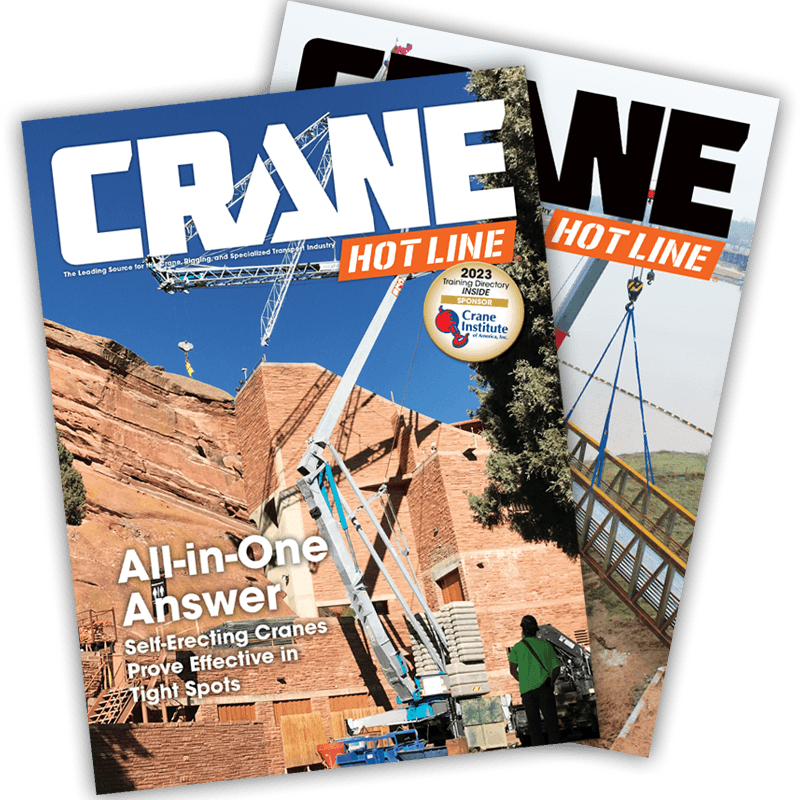Having Access to Lifting Equipment
Lucy Perry
March 7, 2007 • When I worked as an editor at a construction magazine, my focus was more on construction itself than the equipment used • in that case to construct roads. After more than a year of writing about cranes, lifting equipment and access devices, what fascinates me is how many different industries require these types of construction equipment. At the North American Tower Erectors (NATE) conference and expo in Nashville last month, I learned how yet another branch of construction uses lifting equipment.

Like most general contractors, tower builders and maintenance contractors use boom trucks, truck cranes, aerial work platforms and other lifting devices. But the way they use this equipment is quite different than the way other branches of construction use it. For instance, though the tower contractor usually owns a telehandler or aerial lift, he probably rents a boom truck or other crane. Why? The work isn't stationary; instead it takes the crew all over the country.
It's too expensive to take a crane on the road when you work across the country, said one contractor I talked with at NATE. Instead, he'll rent a crane once he reaches his destination and haul a telehandler, because it's easier to transport. Some tower contractors own cranes, but those who do usually work locally.
Of the tower contractors who stopped by our booth to pick up copies of Lift and Access magazine and our sister publication Crane Hotline, those who rent equipment said they face an inherent challenge, especially when jobs take longer than anticipated.
If a tower contractor orders a truck crane from a rental house in the area of the jobsite and plans to have it one day, he must return it the next day. If unanticipated snags hold the work over to a second day, and someone else has reserved the crane for that second day, the tower contractor has to find a replacement crane. The scenario is a big headache, said the contractors who mentioned it.
The rental house usually can't find another unit, which means time wasted tracking down a substitute machine. And working away from home puts the tower contractor at a disadvantage in the local rental market. Is he familiar enough with the local rental companies to know who to turn to next?
The tower construction industry has a great need for information on the various equipment rental companies out there, in order to find what they need, and find it fast when they get there. In fact, many contractors picked up copies of our magazines to scout out the nation's equipment rental houses and price used equipment in their home areas.
These folks are also interested in information on safety training and the ancillary products needed to do the type of construction work they perform with this equipment. I noticed there was never much downtime for exhibitors because the NATE tradeshow floor was well trafficked by contractors during the two days the expo was open. Walking the tradeshow floor proved to be a lesson for me in the myriad manufacturers and providers of safety and fall protection; lighting and security; and electronics and wireless communication products for this industry.
The same basic equipment needs exist in every construction sector where cranes and lifting devices are used. Yet, while the common denominator may be the equipment, each sector has challenges specific to the type of work they do every day. For tower erectors, that challenge is the ability to readily access the lifting equipment itself.


